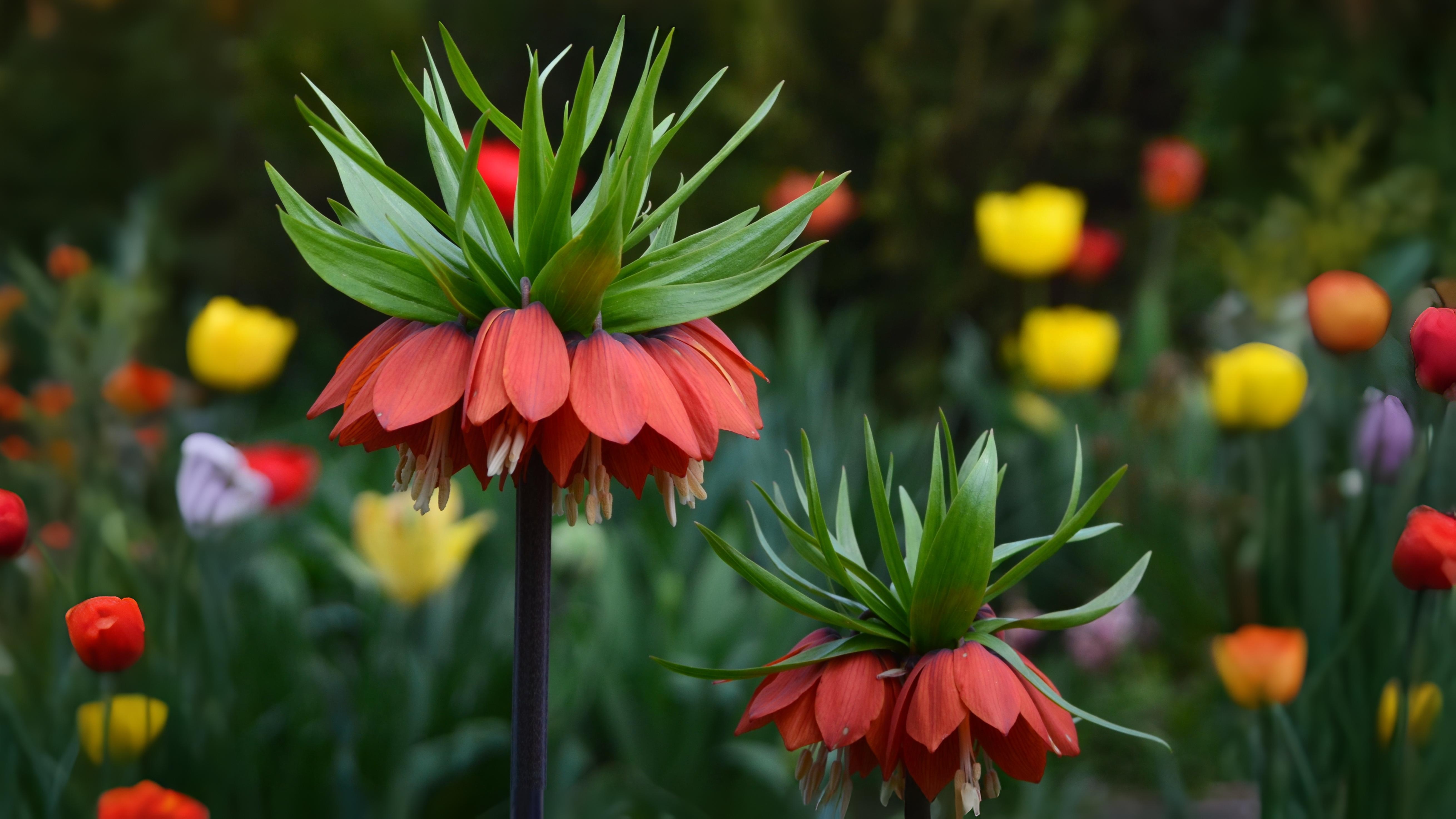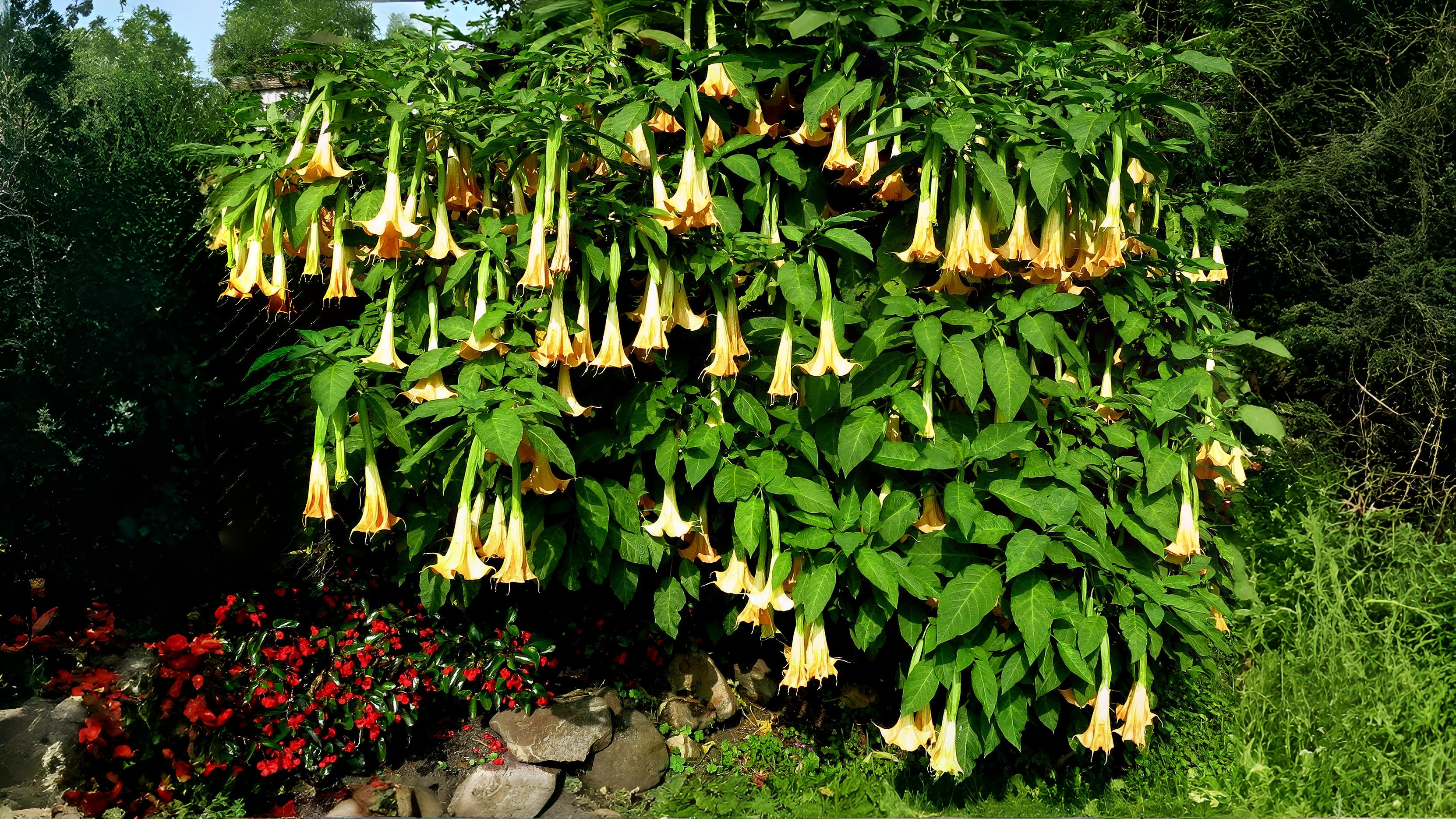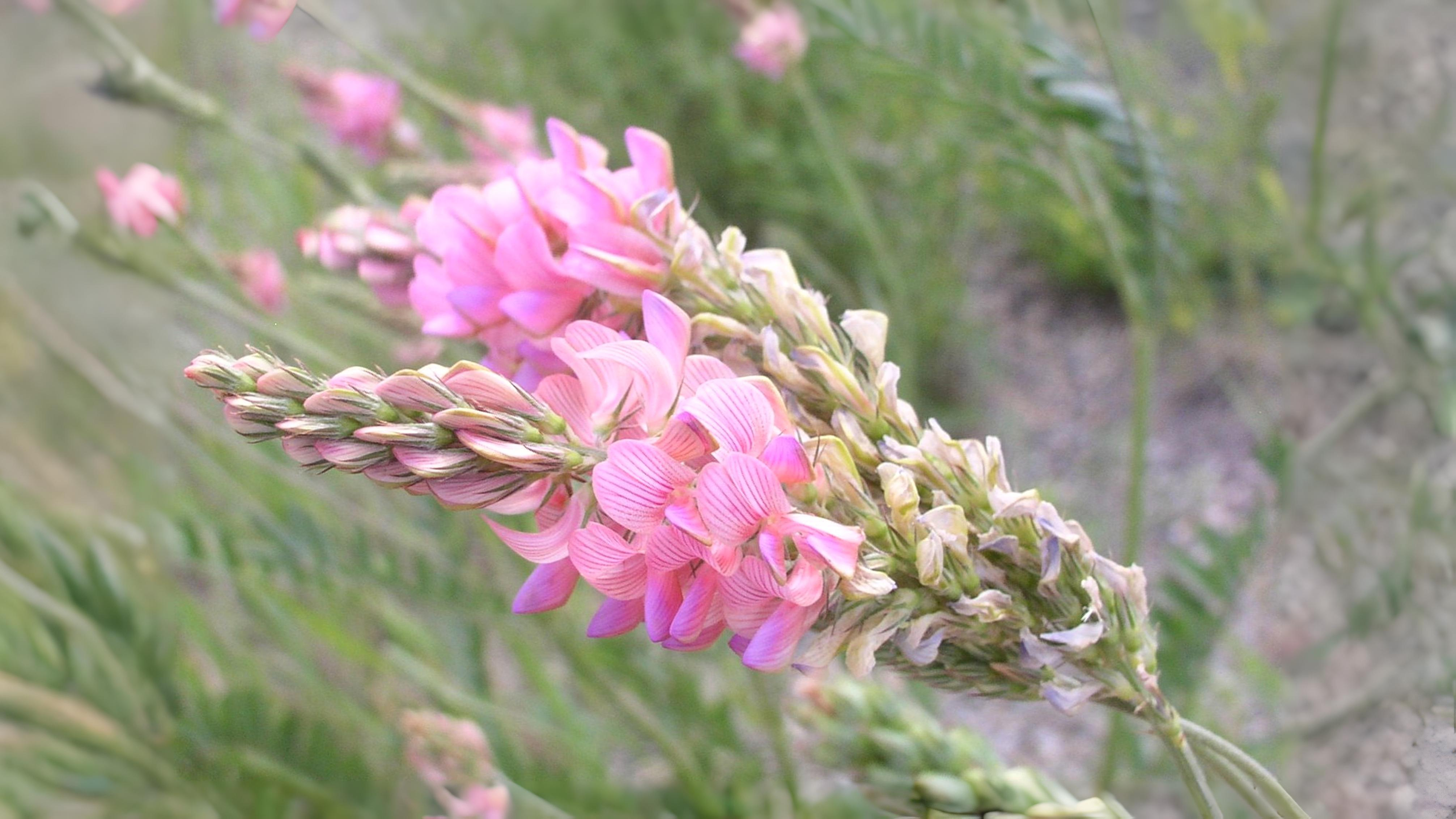
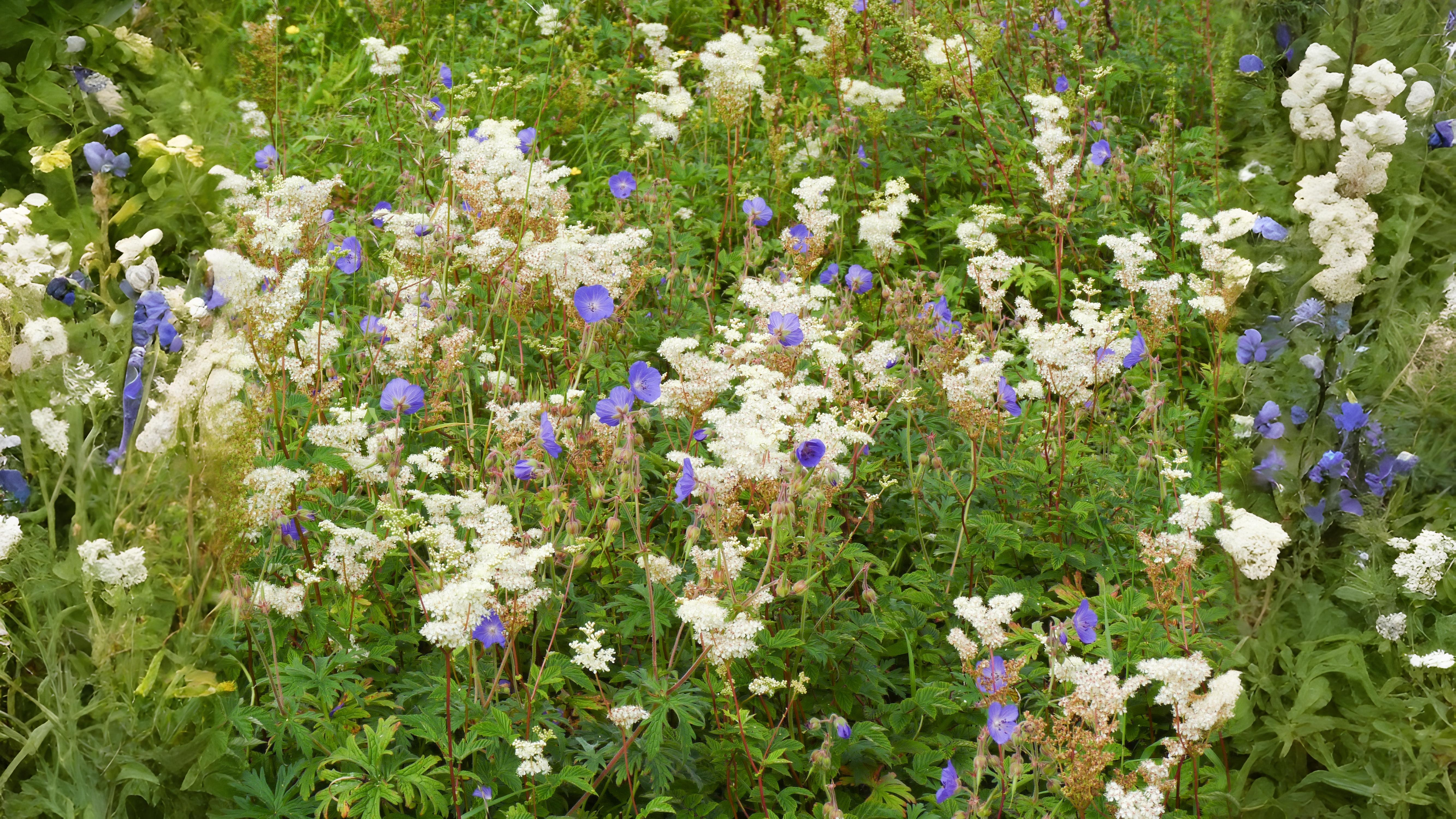

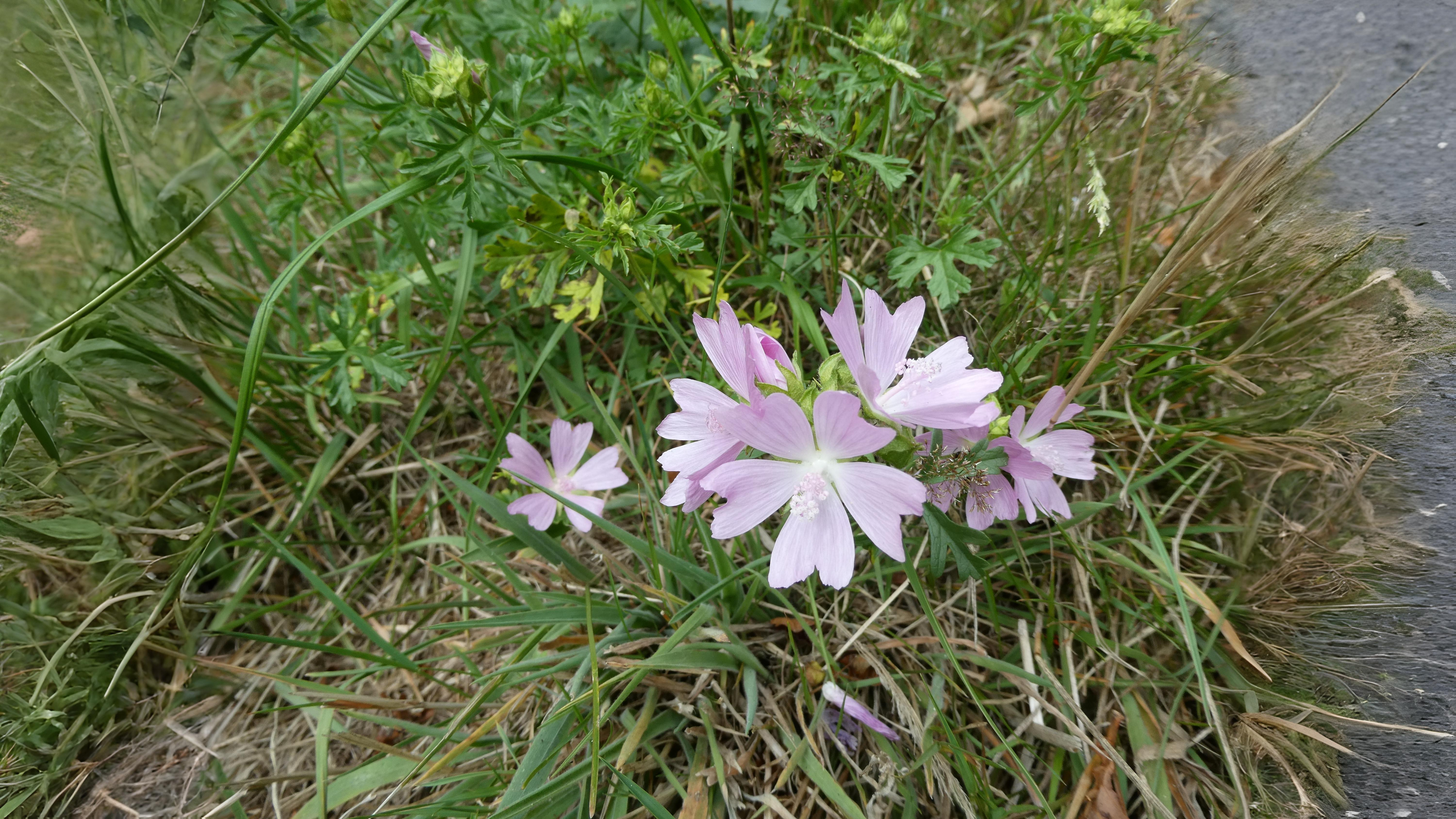

Sometimes it is the root that smells e.g. herb Bennet Geum urbanum of cloves, and valerian Valeriana officinalis of perspiration. In other plants it is primarily the leaf that carries the scent e.g. mullein leaves often give off a fruity odour and woundwort leaves have a disagreeable musty, pungent smell. Mixed with ‘hog’s grease’ the latter were thought to be a good treatment for scythe wounds. Gerard recorded it in the “meadows of Lambeth”. Although his meadows are long gone, the plant can still be found in the area.
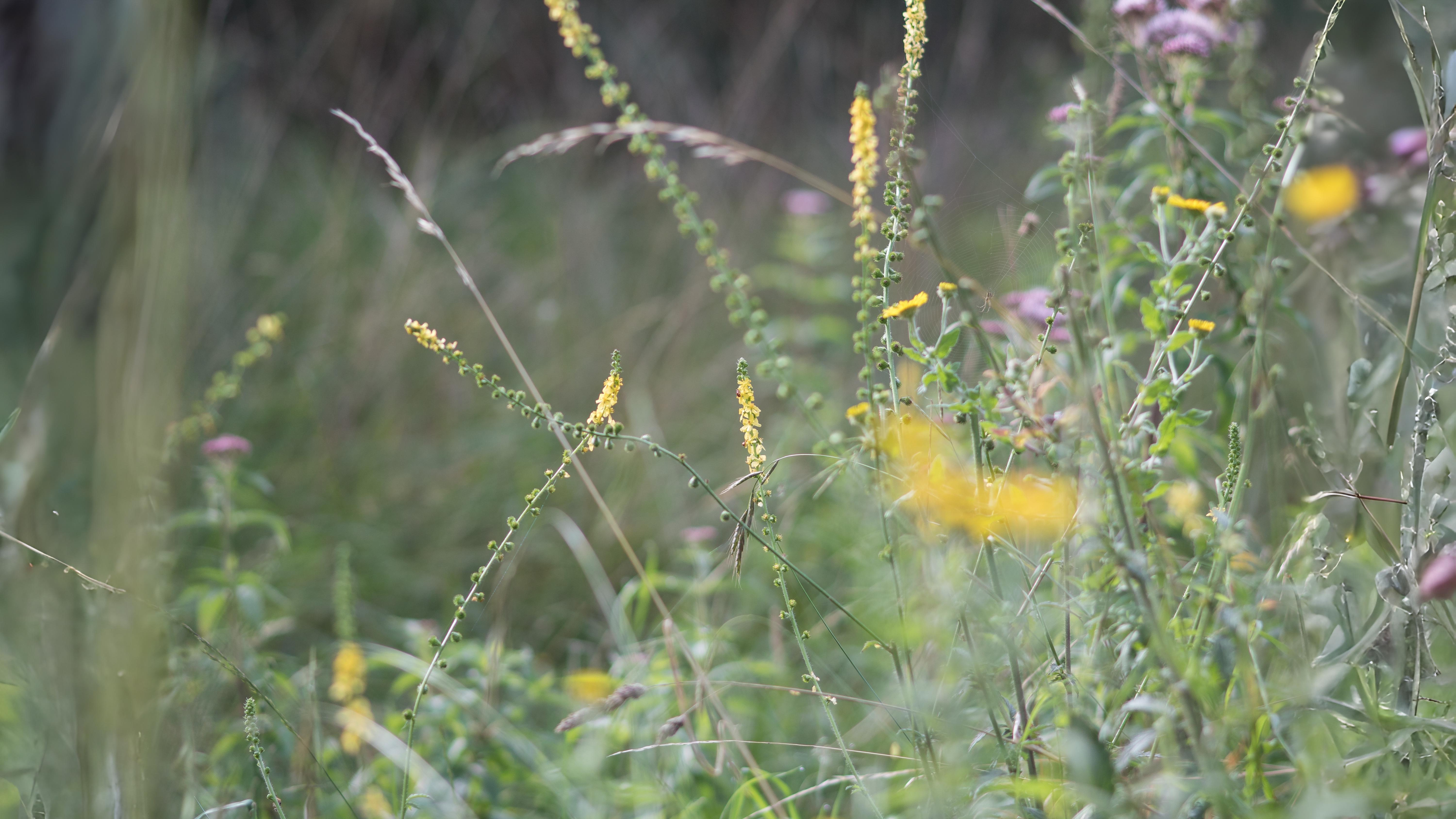

Trees also have their own particular collection of scents, some of which are equally unusual e.g. Northofagus (pumpkin pie). Eucalyptus and magnolia flowers are always worth investigating e.g. Eucalyptus citriodora (lemon soap), E. coccifera (peppermint) and there is even a magnolia that smells of banana (Magnolia figo).
